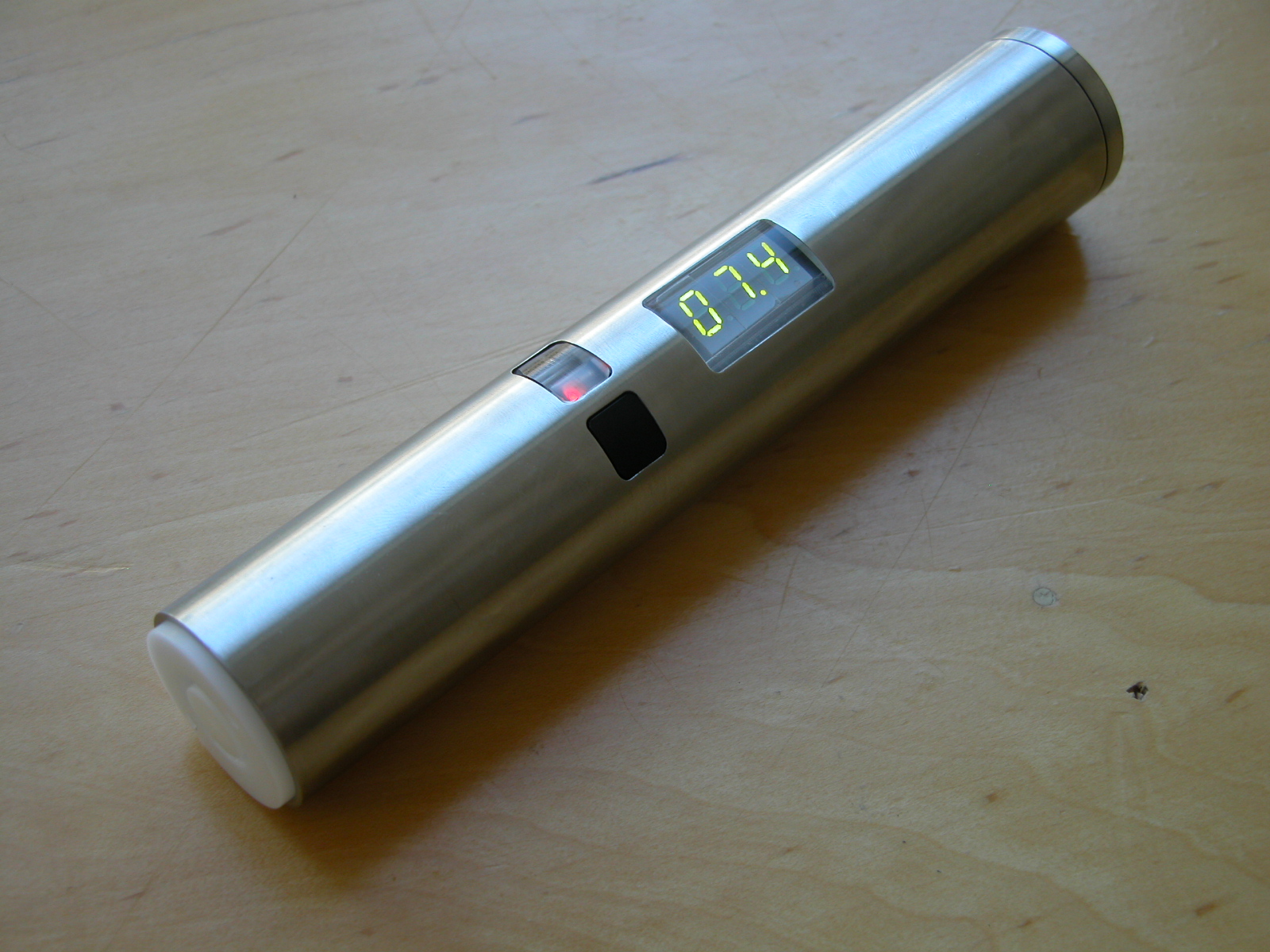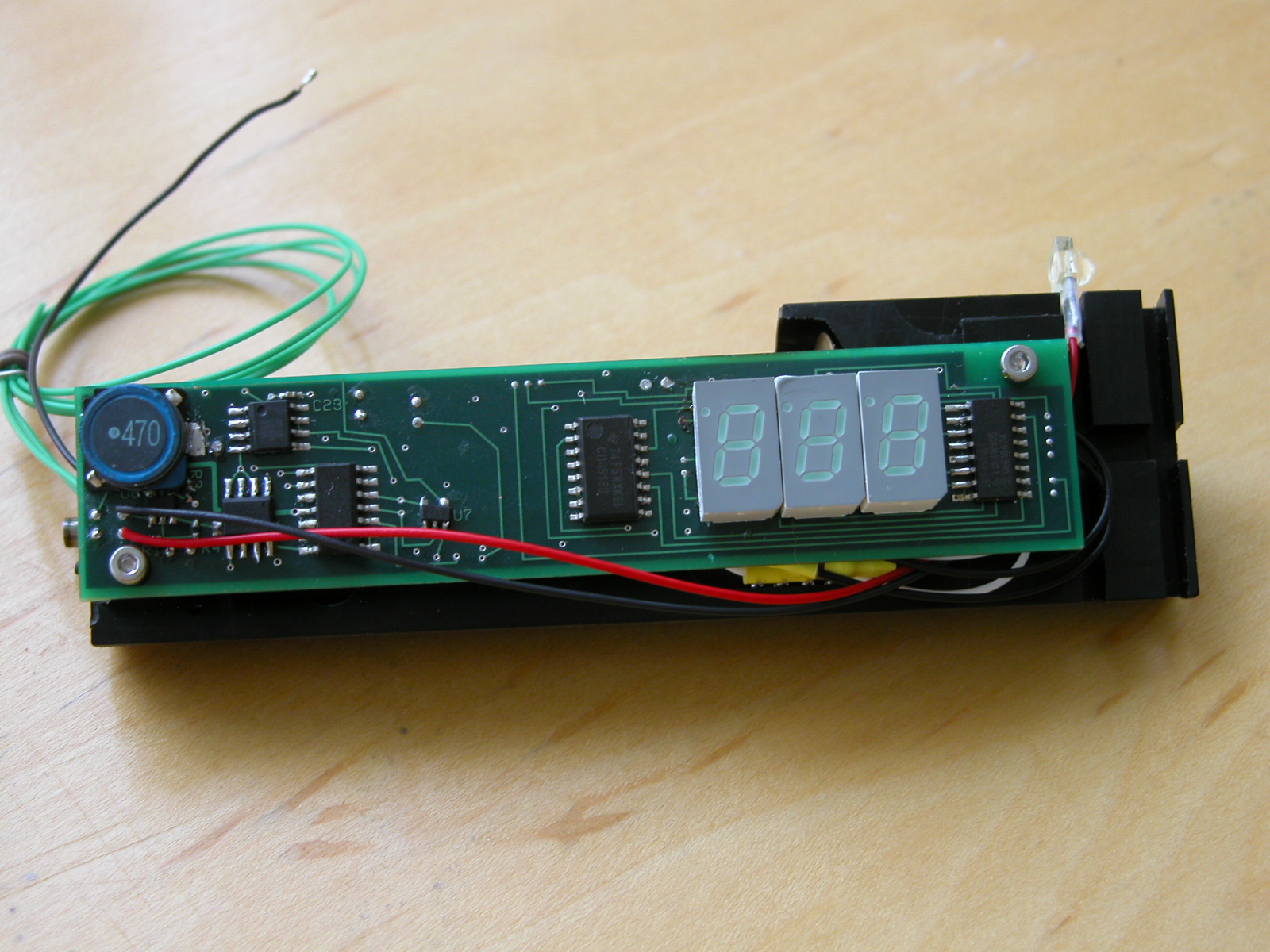What is a Prototype?
A prototype is simply a model that is used to demonstrate the qualities of a future part, product, process, or service. A prototype can be anything that demonstrates how your idea works and what it will look like. The term prototype itself is used pretty loosely and is applied to ideas under development along the way to becoming a product or service on the market. At the AMC we break prototypes down into 3 major categories with 4 different types.
Three Categories of Prototypes
- “Looks Like” Prototypes
- These prototypes are used to demonstrate ideas that need development in color, shape, feel, and size. Many Rapid Prototype or 3D Printed parts fall under this category.
- “Works Like” Prototypes
- Often referred to as “Proof of concepts”, these are examples that prove the working concepts of an idea. They may not be very pretty, but they will prove that an idea works. Proof of concepts may have several issues to be sorted out, but they will verify the primary concepts.
- “Looks Like and Works Like” Prototypes
- These “Late Stage” Prototypes are a refined iteration of an idea. They are well investigated, often attractive, and have very few kinks to sort out. They may even be a reasonable representation of what an idea looks like before it goes to market. Late stage prototypes usually are designed after an early stage prototype has been developed and tested.
Four Types of Prototypes
- Paper – Paper prototypes are very common. Most people don’t even know that when they define their ideas on paper, and pencil in “rough numbers,” they have in effect created a prototype. Paper prototypes are most often used to define Service Ideas. They are also common to engineering and other technical concepts where mathematical models are very important to early stage development. There are two basic kinds of paper prototypes. Often they are combined to form an entire concept.
- WORD prototypes explain exactly how an idea works and defines all of the ideas and parts. they define the Who, What, When, Where, and Why’s that are necessary for your idea to work.
- MATH prototypes define with numbers how your idea works. The math includes financial models, technical models, spatial models, and anything that involves numbers in your idea.
- Part – Part prototypes are an individual item that demonstrates the important functional qualities of your idea. A part prototype could be a component that improved performance on a thing that already exists by reducing weight or making operation easier or safer. it could also be a completely new and novel kind of hand tool. A part prototype is always a physical object.
- Assembly – Assembly prototypes are a combination of parts that work together to realize an idea. Assembly prototypes can be very simple, with just two parts fastened together, or very complex with hundreds of thousands of components and sub-assemblies, many of which might even move.
- Process – Process prototypes physically demonstrate the actions required to accomplish an end result. A process prototype might be a new business model or sales model. It might also be a cutting edge approach to create new kinds of fuels that reduce emissions or take advantage of biomass.
Prototypes are defined by what category and type they fall under. For example you can have a “Looks like” assembly prototype that is a scaled down 3D printed object that will help you visualize a future product. A “works like” paper prototype could be a math model of the physics of a new type of engine.
Check out a prototype developed at the AMC
NeuroCheck – O’Brien Medical partnered with The Maine Technology Institute (MTI) and the AMC to develop a modern testing device for diabetic peripheral neuropathy, or damaged or deteriorating nerves in the feet of diabetics. The condition all too often can lead to foot ulcers and eventual foot amputation. The current practice of using tuning forks is subjective leaves too much room for human error. This device will eliminate the guesswork, and produce consistent results from user to user.


Working with the AMC, O’Brien medical was able to develop a completely customized solution that met their vision for the product. the AMC developed, designed, and manufactured custom electronics, actuators, and stainless housing for this medical instrument. O’Brien Medical was able to conduct clinical trials to further develop the idea.
The AMC team has years of experience in all manner of Prototype development. We help inventors, entrepreneurs, researchers, and businesses transform their thoughts into real data, parts, and systems they can use to advance. Email us at amc@maine.edu for advice related to this article or if you have questions that you’d like to see answered in our next blog post.
